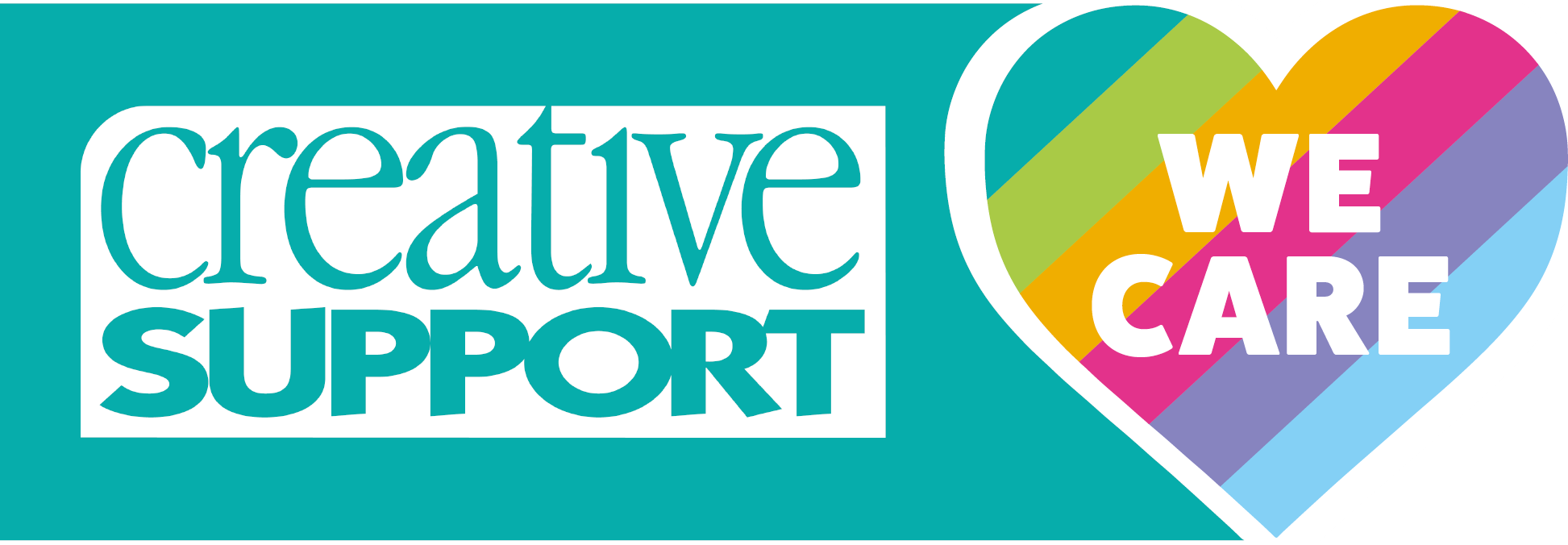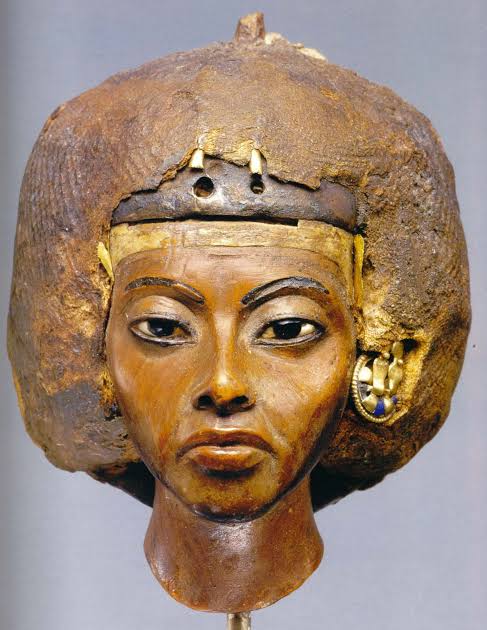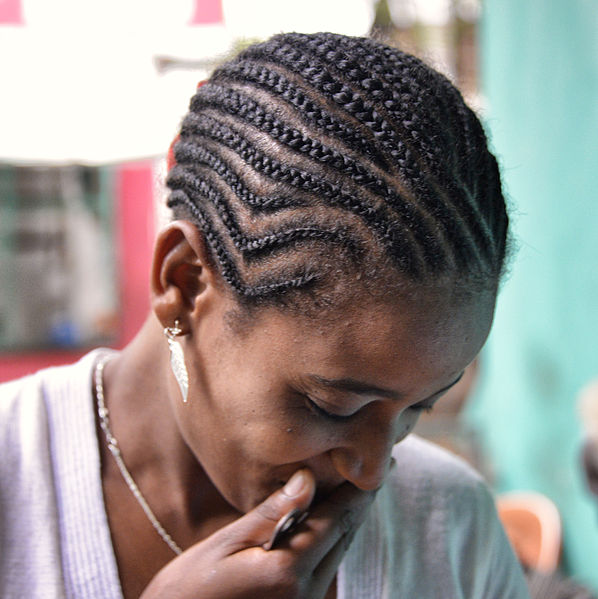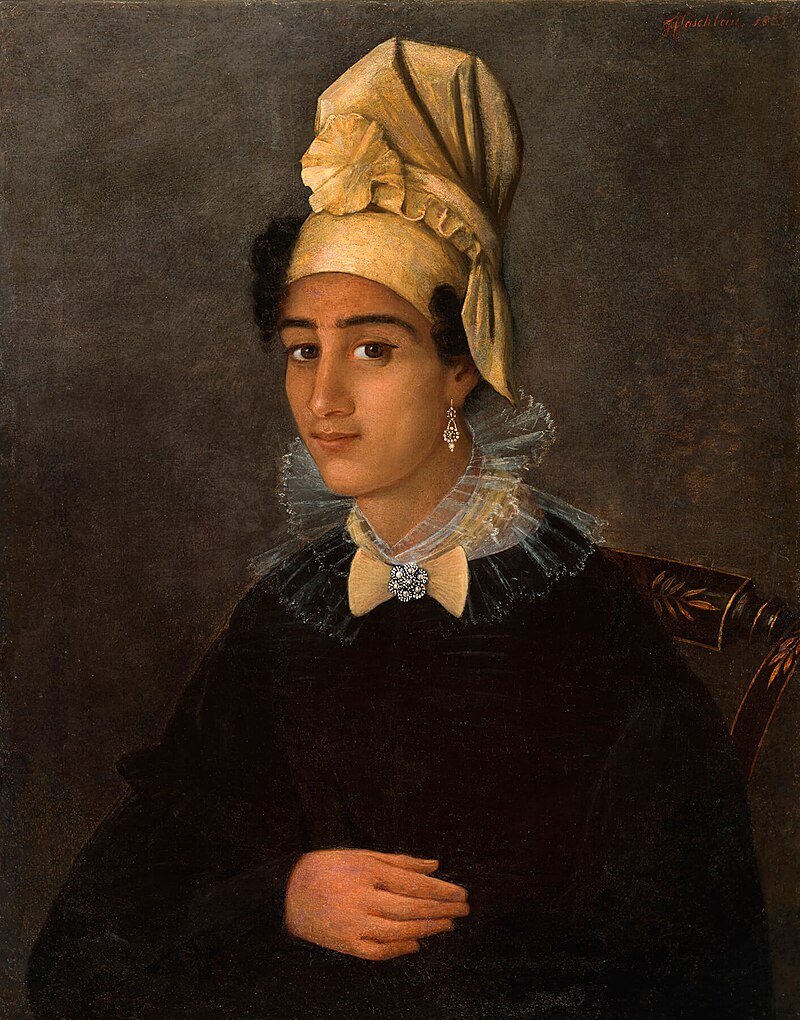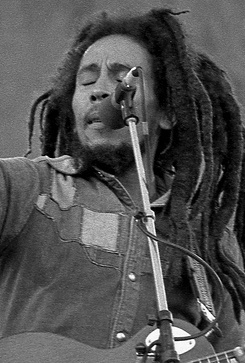The History of Black Hair
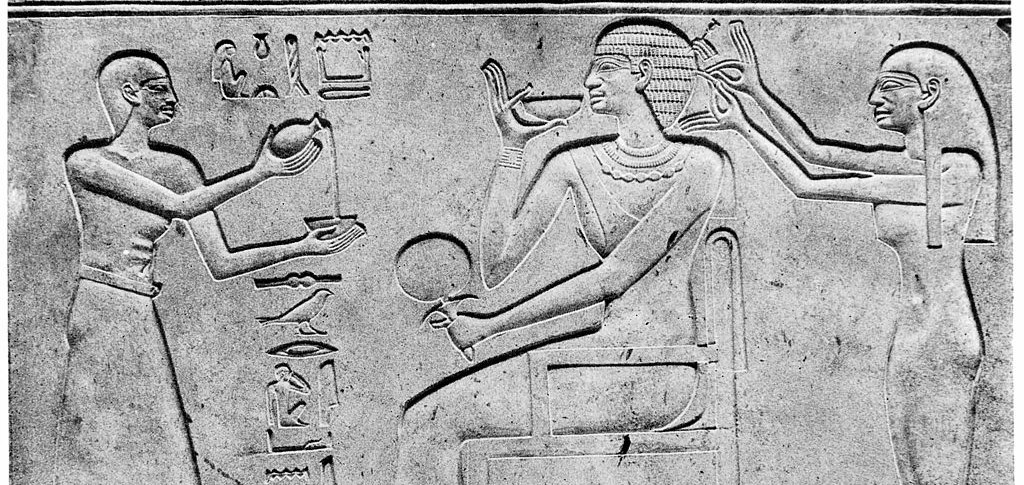
During Black History Month we will be releasing a series of articles all about Black hairstyles and culture, discrimination and hair care. Hair is an important topic because it is more than just a physical feature. For most Black people, hair is a powerful symbol of identity, heritage, and self-expression.
Black hair is a very important part of Black culture and identity. Throughout history, those of Black heritage have used their hair as a powerful expression of pride, celebration, and resistance.
The significance of hair in Black culture can be traced back to ancient times. Twisting and braiding the hair originated in Namibia around 3500 BC. Different types of braiding techniques, styles, and patterns have been developed over time, such as the halo braid which was first used in the first century.
Hindu scripture from 2500 BC shows the god Shiva wearing twisted locks of hair known as ‘jataa’. Some of the most iconic Black hairstyles can be found in drawings and engravings from ancient Egypt. Like most ancient Egyptian women, the queens of Egypt placed significance on their hair. Queen Kawit’s coffin (known as a sarcophagus) shows a servant arranging the Queen’s hair, whilst the Queen looks at herself in the mirror. A statue of another ancient Egyptian queen, Queen Tiye, shows her wearing an afro hairstyle.
Black hair, and the way it is worn, is usually a powerful way for a Black person to express themselves and their identity. In West African societies in the 1400s, people used their hairstyle as a way to communicate with others; the hairstyle someone wore could tell you about their social status, marital status, how wealthy they were, their age, their ethnicity, or even their own surname.
Black hair requires maintenance to keep it healthy, and many maintenance rituals for Black hair have been passed down through the ages. For example, braids are a protective hairstyle that help to protect Black hair from losing its moisture and prevent hair from breaking. African tribal people in ancient times used the time they spent braiding and styling their hair as a way to socialise and bond with other members of their community, much like many people of colour still do today. Hair wrapping is a tradition that has been passed down in certain communities. In African villages, hair wraps in different prints and colours are used to symbolise a person’s tribe or their status within society. Hair wraps also help to keep hair healthy and avoid heat damage.
Hair was, and still is, an important symbol of pride. It was a symbol that oppressive systems often sought to take away. When an estimated 12 to 15 million Black men, women and children were sold into slavery between 1500 and 1800, it was common for slave owners to shave the heads of the people they captured. These violent acts were the first steps of European slave owners seeking to erase the Black identities and cultures of the enslaved people. During the era of slavery, hair was used again as a form of communication.
Enslaved people used the patterns in their cornrows, a type of braid that originated in Africa, to create a code that was used to secretly communicate with each other. Some slaves used their cornrows to create maps to escape where they were being held captive. Research suggests that some slaves braided rice and seeds into their hair, initially smuggling in the grains from Africa and then, if they managed to escape captivity, planting the seeds to create a source of food. Cornrows are seen nowadays as a sign of resistance and strength through times of oppression of the Black community.
In 1786, the Governor of Louisiana in the USA banned women of African descent from showing their hair in public. It was known as ‘Tignon Law’ and stated that Black women should cover their hair with a knotted headdress. Historians have suggested that the law was put in place to control Black women and stop them from competing with white women for status in society.
Hair discrimination did not end with slavery. During the civil rights movement, the Afro hairstyle became a powerful symbol of the fight for equal rights. Natural Black hair was looked down upon by white society, and up until the 1960s, it was very common for African Americans to straighten their hair using substances that could potentially burn the scalp. The Afro hairstyle was a symbol of resistance against Western beliefs that held straight hair as a beauty standard. The ‘Black is Beautiful’ movement, which started in the USA in the 1960s, encouraged Black people to be proud of their hair. The Afro hairstyle is often shaped and maintained by an afro comb, colloquially known as an afro pick. It is believed that the origins of the afro comb date back to nearly 6000 years ago.
In the UK, the use of chemical hair relaxers was also common amongst the generation of people who arrived in Britain from the Caribbean from the late 1940s to the 1970s. They were known as the ‘Windrush generation’, named after the HMS Empire Windrush, one of the first ships used to carry people from the Caribbean to their new lives in the UK, helping to rebuild the country after the war. Hair and fashion for the Windrush generation was an important way to promote respectability – many knew they would face racism when they arrived in Britain and straightening the hair was one way to try and ‘fit in’ with white society.
The children of the first generation rejected this way of thinking, with many growing out their afros in solidarity with the civil rights movement in the USA. Other hairstyles also grew in popularity in the Black British community after the 1960s, such as the popular locs made famous by reggae musician Bob Marley, who wore the hairstyle as part of his Rastafarian faith. Although Black Britons were feeling more empowered to wear their hair in these styles, they faced prejudice and racism from wider society, which, for example, regularly linked the afro hairstyle with radical political beliefs, and the wearing of locs with drug usage.
Institutional bias against Black hairstyles is still happening today. Following the 2020 Black Lives Matter movement, a group of 30 young Black activists created ‘The Halo Code’; the UK’s first hair code designed to prevent discrimination based on hair style or texture. As part of our 2020 Manifesto for Action, Creative Support is signed up to The Halo Code, and we have our own Halo Code policy. We hold the belief that all of our staff have the right and security to wear all Black hairstyles without restriction or judgement.
Header image from WellcomeImages
